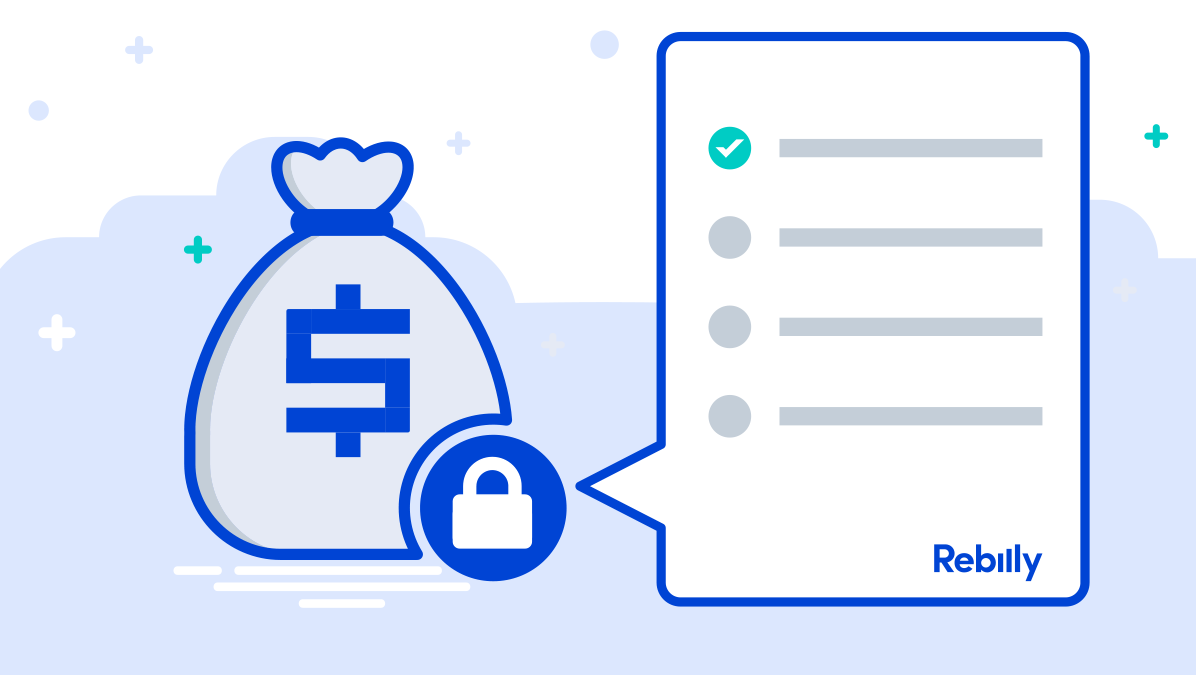Suspended by Paypal? Read These Next Steps ASAP
It’s one of the emails you hope to never receive. During your morning email check, you see that you’ve got an email from PayPal. And…your account is suspended. You can’t process any payments through PayPal, and if that’s the only payment gateway you’re using, that means you aren’t making any money.
Obviously, you need to fix this, ASAP. First, let’s cover what to do if you’ve been suspended by PayPal and can’t accept payments in the meantime:
Set up another payment gateway
Your primary goal right now is to minimize your downtime and get back up and running. With that in mind, you need to set up another payment gateway and integrate it with your subscription billing tool.
When you’re looking at a payment gateway, be sure to take the following into account:
- The payment methods and currencies you want to accept. The goal here is to cover as many payment options and currencies as possible, without overwhelming your customers with too many options. Depending on your niche, you might need less common payment options — bitcoin, for example — to match your customers’ preferences.
- The rates the payment gateway charges. Is it a flat fee per month, per transaction, a percentage fee, or a combination of the above?
- Contracts & payment terms. Do you have to commit to a minimum number of months or transactions per month?
- Ability to export customer data. Can you export it yourself? Do you have to contact a company representative and have them send it to you?
- Customer support. What are their hours? How fast do they respond? What channels are available — can you call in case of an emergency, or are there only chat/email functions?
- Whether or not they offer an Account Updater feature. This is a feature that attempts to automatically update expired card details, which can help with reducing involuntary churn. (If you’re looking for another way to reduce involuntary churn, check out our smart retries and renewals features.)
- Deposit turnaround time. How long does it take for payments to hit your bank account and how often are they deposited?
Obviously, right now, you might not have the time to do a full cost-benefit analysis for every payment gateway. Just make sure to check the basics so that you aren’t unpleasantly surprised in a month or two.
Set up another payment gateway
At Rebilly, we strongly recommend having more than one payment gateway at all times. That way, you won’t be left without the ability to process transactions if one payment gateway fails. (Just one reason we support over 200 payment gateways and counting!) Once you get the immediate emergency here fixed, you should pick a second payment gateway and set that one up as well. Now, in the future, if something like this happens again, you can keep your downtime to an absolute minimum.
Appeal your suspension
Once you’ve got a payment gateway up and running and are accepting payments again, you can investigate why you were shut down. PayPal has a series of steps you can take to lift limitations on your account, so you may be able to resolve the issue. You’ll still want to set up another gateway in the meantime, in case of permanent suspension or slow resolution.
Get your data
Even if you can’t process your sales right now, you should be able to log in and export your data as a CSV. After you log in, go to “payments received,” and then press “download” on the right-hand side of the screen.
Why download your customer data? You might already have access to it all via your subscription billing tool, but you want to make absolutely sure that you don’t lose valuable information like customer name, location, and email, how long they’ve been a customer, total CLV, etc. Having easy access to that data makes it easy to, among other things, optimize your marketing — it’s one reason we work hard to have robust reporting features.
Why would PayPal freeze my account?
Sometimes the reason that PayPal has suspended an account isn’t exactly clear. In the past, a sudden influx of purchases (especially from around the world) often caused account freezes, which made product launches…interesting. In recent years, PayPal has become better at detecting fraudulent activity. However, they will still suspend an account if it seems “high risk” — usually for having too many refunds or customer disputes.
PayPal is still a very convenient payment option for many customers, so you should have it as a payment option if possible. Just make sure that you’re not relying on it solely, and that you’re doing what you can to decrease your risks of chargebacks in the meantime (and disputing them when they do happen).
Now that you can resume your normal business activity, it’s time to take smart steps to decrease involuntary churn. Our Retry Strategy guide teaches you exactly how, using data like decline codes and card types to reduce churn and increase your CLV. Download it below:
